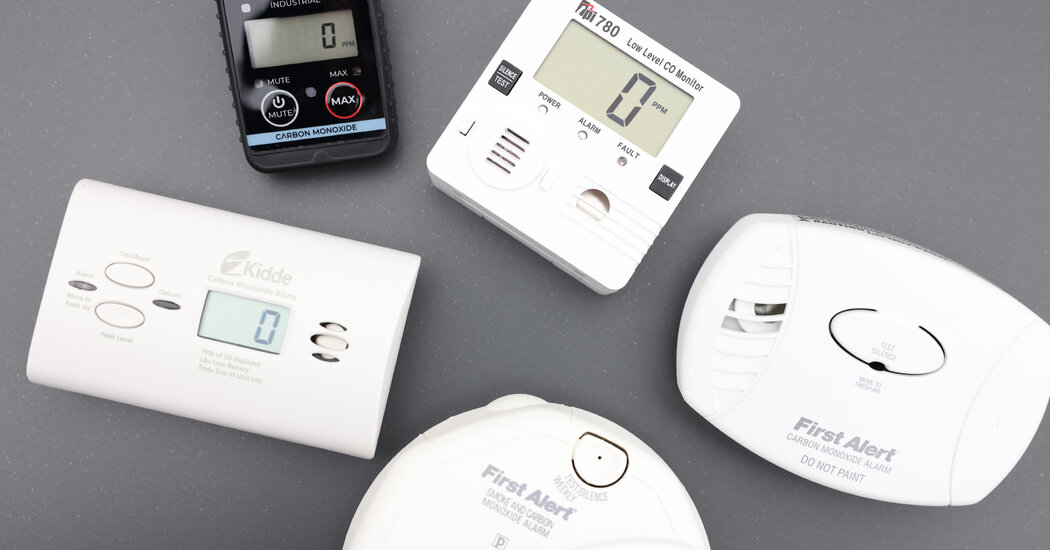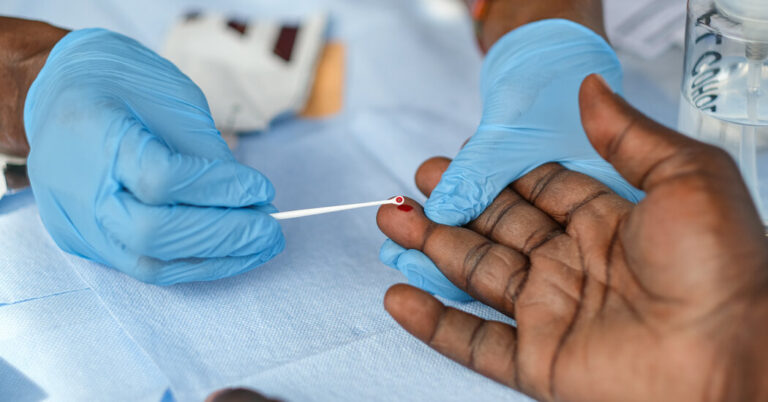Carbon monoxide gas, which is invisible and odorless, can be fatal. It can kill people in their homes as they sleep, seeping undetected from generators. It can accumulate within the walls of closed garages, wafting from cars left running by residents seeking warmth or power in a storm.
On Thursday, another fatality by unintentional carbon monoxide poisoning was confirmed. Miller Gardner, the 14-year-old son of the longtime Yankees player Brett Gardner, died of carbon monoxide poisoning while on vacation with his family in Costa Rica.
While it is preventable, carbon monoxide poisoning is a leading cause of poisoning-related deaths in the United States. Breathing in carbon monoxide causes the gas to build up in the blood and bind to hemoglobin, a protein in red blood cells that is responsible for transporting oxygen from the lungs to the tissues in the rest of the body.
Exposure to carbon monoxide can lead to inflammation and cellular damage to important organs, namely the heart and brain. People exposed to high concentrations of the gas for an extended period of time can lose consciousness and stop breathing, leading to death.
Symptoms of carbon monoxide poisoning include headache, fatigue, nausea, and vomiting, which can look similar to the onset of the flu or another illness. Children, pregnant women, older adults, and people with preexisting chronic illnesses are particularly vulnerable to getting sick after an exposure.
If you think you’ve been exposed to carbon monoxide, immediately seek fresh air and call 9-1-1. The fire department can come to your home and help determine where the gas is coming from.
To stay safe at home, make sure that all fuel-burning appliances are vented outside so that carbon monoxide cannot accumulate inside. Install carbon monoxide detectors on every floor of your home and change their batteries at least once a year. You can also purchase a portable carbon monoxide detector to use in hotels and lodging while traveling.
Most poisonings are reported in the winter or in severe storms in which power goes out and people turn to generators, ovens, and automobiles for warmth.
Source link




